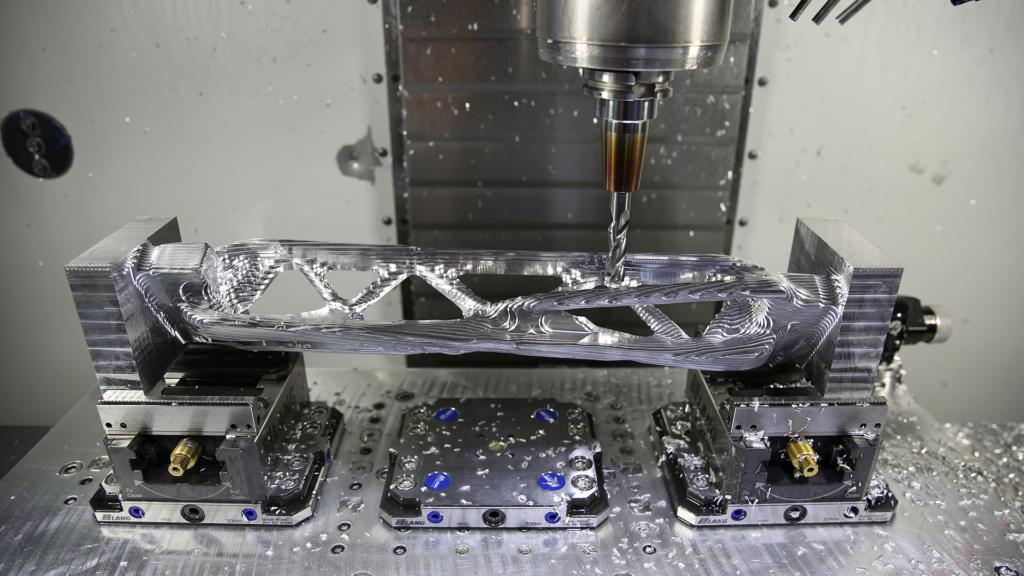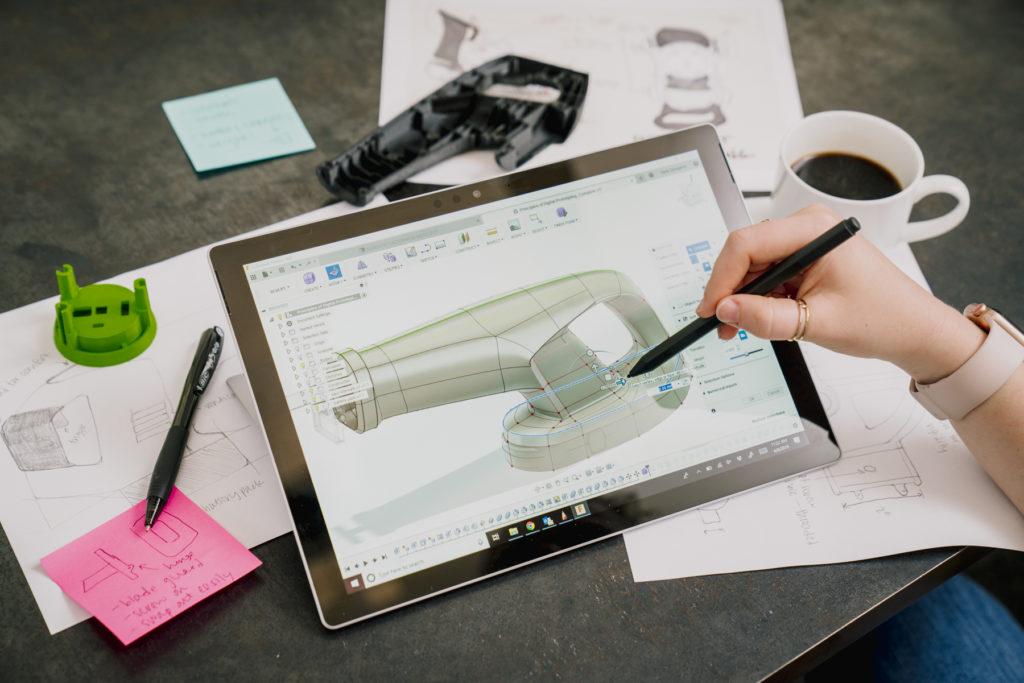& Construction

Integrated BIM tools, including Revit, AutoCAD, and Civil 3D
& Manufacturing

Professional CAD/CAM tools built on Inventor and AutoCAD
4 min read

The widespread virtualization of the computing realm has facilitated many recent advancements in modern business practices. Critical systems are remotely accessible, and disseminating essential information between teams is easier than ever before. Our technological advancements have added layers of complexity to various manufacturing processes. Companies must secure an increasing number of complex components from suppliers worldwide, and must also monitor intricate systems from afar to prevent downtime.

Thankfully, the market is saturated with numerous cloud resources — and where first-party options are lacking, third-party providers have stepped in. These services are commonly sorted into three categories: software as a service (SaaS), platform as a service (PaaS), and infrastructure as a service (IaaS). Companies can implement a combination of solutions to streamline all stages of manufacturing, from design to maintenance. These tools are available to smaller companies with smaller pockets. The cloud manufacturing revolution is thus actively leveling the playing field.
Solution vendors also recognize the crippling effect fragmentation has on productivity. The push for deeper integration across a variety of programs has slashed manufacturing times. Manufacturers, in turn, have found it easier to stick with one service provider — as opposed to forming a piecemeal manufacturing strategy.
Access control, and who can contribute where is central to managing cloud resources. Accordingly, companies deploy these solutions in public, hybrid, and private configurations. Private clouds may be accessed remotely, yet companies can lock them down for on-site use only. Furthermore, one company has sole control of those resources. Administrators can granularly manage how teams interact with various locations on the server. Public clouds are available to general users, and hybrid clouds can deploy across environments with varied configurations.

Cloud environments can span a nearly limitless computing network, and thus are highly scalable. Furthermore, the democratization of these services often equates to reduced costs. From an operations standpoint, manufacturers will be able to operate more leanly. It’s cheaper to get started with these services by shedding massive up-front fees, and fewer employees are needed to maintain them. In fact, much of this upkeep (and security checks) is handled on the vendor side.
It’s also important to consider today’s biggest manufacturing trends. We’re in the midst of an IoT explosion, which will demand the production of innovative new devices. Generative design is essential for rapidly pumping out new design iterations. Finally, 3D printing is reliant on untethered tools — especially since many organizations are delivering printed products to communities worldwide. This deployment in the medical field and beyond demands cloud-first mobility.

Traditionally, companies needing CAD/CAM/CAE would purchase physical software that would remain at the office. Designs, schematics, and manufacturing plans were stored locally. This posed significant problems if you had to leave the office, telecommute, or visit a customer site. The shift to web-based tools has been a game-changer for manufacturing teams. Solutions like Autodesk’s Fusion 360 integrate global sharing, remote user management, browser-based design sharing, and device-agnostic annotation tools.
Overall, collaboration is a massive standout with cloud manufacturing. It allows design, engineering, and manufacturing teams to work harmoniously in a central space. Companies can add users to any environment, and employees may even work offline in some cases. The ability to unplug is indispensable. It also allows teams to make changes at the moment inspiration strikes. Cloud manufacturing’s convenience will lead to the proliferation of better products. Not convinced? Digital products alone account for 25% of the manufacturing inputs behind finished products.
Optimizations made through cloud manufacturing result in products hitting the market sooner. That competitive edge can help companies best their competitors.
Manufacturing processes generate plenty of data: dimensions, tests, supply chain constraints, and more. Modern tools include dashboards designed to monitor these statistics in real-time. Furthermore, this information is available at a glance in a centralized location. Companies can track their most crucial performance indicators from anywhere, and access to this data faster allows teams to confront problems sooner — before they grow out of control and become expensive. Depending on timing, companies can adapt more proactively as their processes encounter snags.
These services promote greater financial transparency, especially in the supply chain context. Since services are subscription-based, they’re easier to manage as budgets change.
Simply put, cloud manufacturing will help usher in the next wave of modern products. The shift to internet services will equip teams with additional tools — more of which are usable anywhere. They also promote competition within the manufacturing space, which will drive incredible new offerings to customers.
Start pushing the limits to your Manufacturing Supply chain and try Fusion 360 today.
By clicking subscribe, I agree to receive the Fusion newsletter and acknowledge the Autodesk Privacy Statement.
Success!
May we collect and use your data?
Learn more about the Third Party Services we use and our Privacy Statement.May we collect and use your data to tailor your experience?
Explore the benefits of a customized experience by managing your privacy settings for this site or visit our Privacy Statement to learn more about your options.